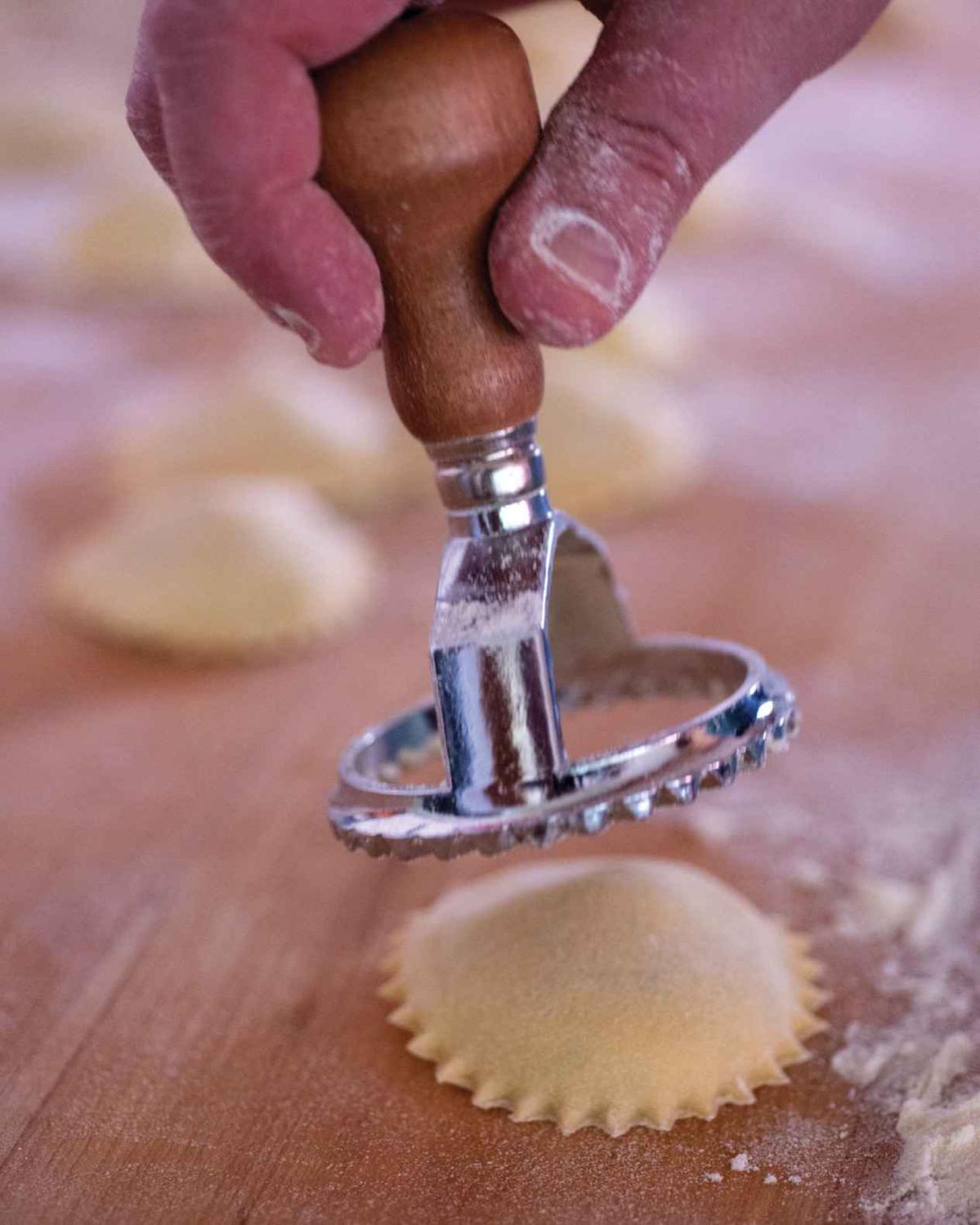Acknowledgments
Sara says:
A book does not get written without a lot of background support and help. First and foremost, Id like to thank my family for all the help and love: my husband, Toufiq, our son, Nadir, and of course Cousin Matt. I couldnt do it without you. Second, Id like to acknowledge and thank the hard work and demanding force that our agent, David Black, provides. David has always helped me clarify what it is that I really have to say. In addition, photographer Michael Harlan Turkell was, as always, a joy and a delight to work with, shooting the stunning photos in Maine and New York. Thank you, Erin Merhar, for all the skill and enthusiasm you brought to styling the food and making it look drop-dead stunning. Id like to thank Rolando Ruiz Beramendi of Manicaretti, Kim Sayid of Academia Barilla, and Beatrice Ughi of gustiamo.com for the incredible support in fabulous pasta, cheeses, canned tomatoes, capers, and olive oilnot to mention the gourmet nutella from Cioccolato La Molina that kept us going in difficult moments.
Our fearless recipe testers who deciphered our often muddled instructions, confirmed that things worked, and helped make them work when they didnt: Judy Stein, Ladleah Dunn, Jerry Clare, and Gale Watts, many thanks to you all.
As always, the people who work with me at Porsena and Porchetta give me the freedom to pursue projects like this one by being so excellent at what they do. I couldnt do what I do without them all, past and present, in no particular order: Sal, Lauren, Ian, Hassan, James, Sammi, Placido, Alfredo, Luis Eric, Javier, Patricia, Adolfo, Stephen, Riley, Christina, Dominique, Cynthia, and Shari.
Nancy says:
All of the above, plusspecial thanks to Fantes Kitchen Shop on Ninth Street in South Philly (www.fantes.com) for the beautiful hand-carved corzetti stamps and to Jon Rowley and Taylor Shellfish Farms in Shelton, Washington (www.taylorshellfishfarms.com), for a bounteous supply of mussels just when we needed them most. Thank you, too, for the warm welcome and intensive education provided by the families of pasta makers Benedetto Cavalieri in Puglia and Gianluigi Peduzzi in the Abruzzo, and by dozens of other producers of the finest pasta, olive oil, San Marzano and piennolo tomatoes, cheeses, bottarga, and all the other good things that represent the unstinting bounty of la bellItalia, our second home.
Finally, from both of us, our most heartfelt thanks to Lucia Watson and her team at Avery. Lucia, your enthusiasm is what every writer dreams of encountering in the ideal editorand your good humor tops it all.


Introduction
To three hungry diners on a chilly early-spring evening, the dish of pasta was a welcome sight when it came to the tablesteaming hot fusilli, fragrant with bits of bacon, caramelized onion, and the aromatic Tuscan olive oil that garnished it all. The plump curls of pasta were tinted a gentle pink from tiny beet greens that had been chopped and added at the last minute to retain their freshness. It had taken all of fifteen minutes to prepare, including the pasta cooking time, but, topped with a grating of pecorino cheese, it was deeply satisfying after a long day of travel and a late arrival back in the home kitchen. It required no special skills, no special techniques, and certainly no special ingredients, since it was created from scratch out of what was at handchopped bacon and onions toasted in a skillet with plenty of extra-virgin olive oil, pasta cooked until al dente, then tossed in the skillet along with raw greens so young and tender they simply wilted in the heat of the pasta.
What could be simpler, we all agreed as we grated cheese liberally over the top of our fusilli; what could be better, what could be more homely and comfortable than a bowl of hot pasta on such a night?
Pasta is like that. With good reason. Its been called the little black dress of the food world. Dress it up, dress it down, serve it topped with anchovies and bread crumbs from la cucina povera or make it into a dazzling luxury plate: thin, egg-rich tagliolini tossed with that most opulent and rarified ingredient, the prized white truffle of Alba, a dish to set before a kingor someone else you wish to impress.
Call it macaroni. Call it spaghetti, linguine, fusilli, or conchiglie. Call it any one of a thousand or so names by which pasta shapes and sizes are known. This beloved Italian native has become a worldwide staple, and with good reason: Its easy, its cheap, its fun, its infinitely adaptable, and its utterly irresistible to young and old, rich and poor alike.





![Missy Robbins - Pasta : The Spirit and Craft of Italys Greatest Food, with Recipes [A Cookbook]](/uploads/posts/book/300525/thumbs/missy-robbins-pasta-the-spirit-and-craft-of.jpg)
















